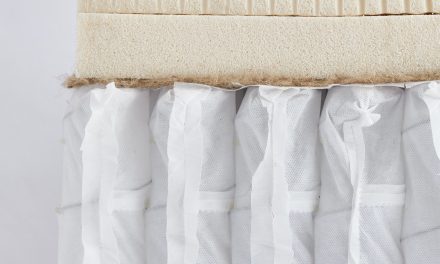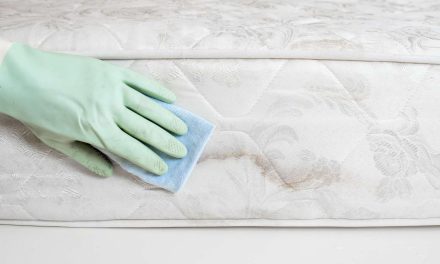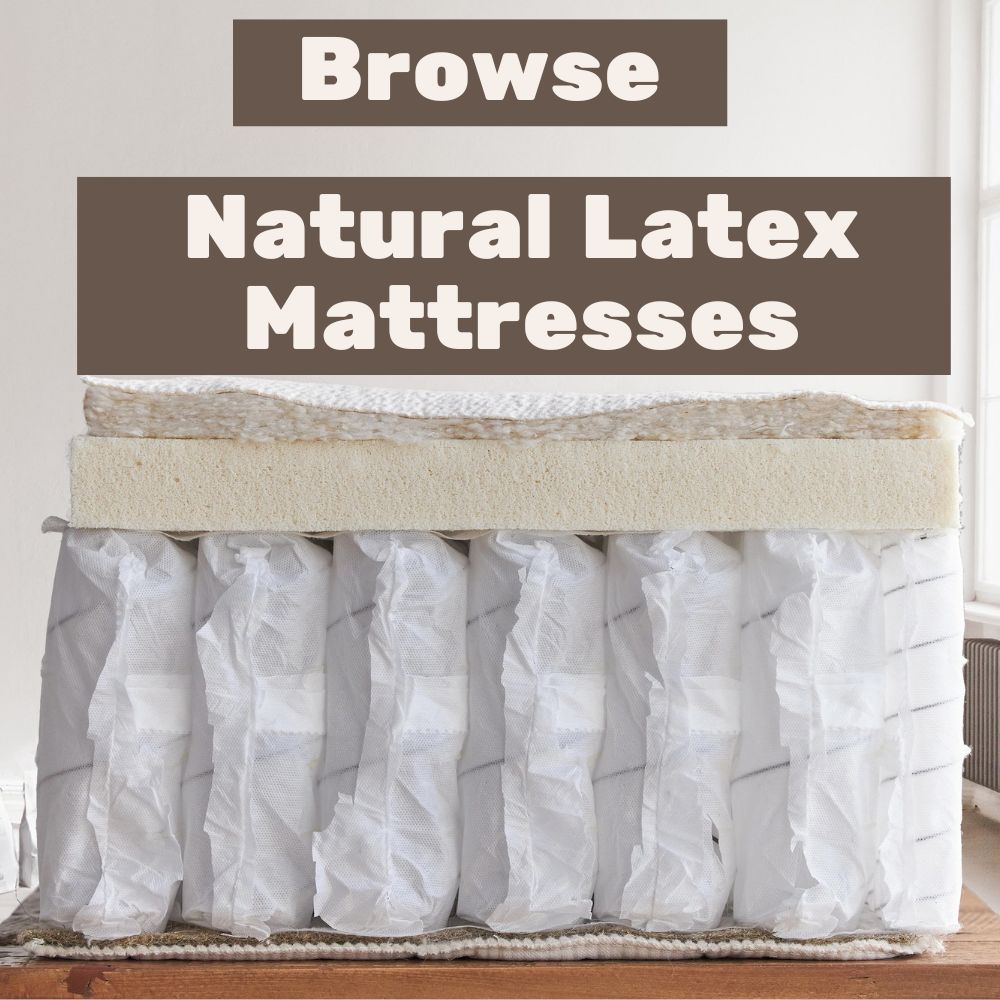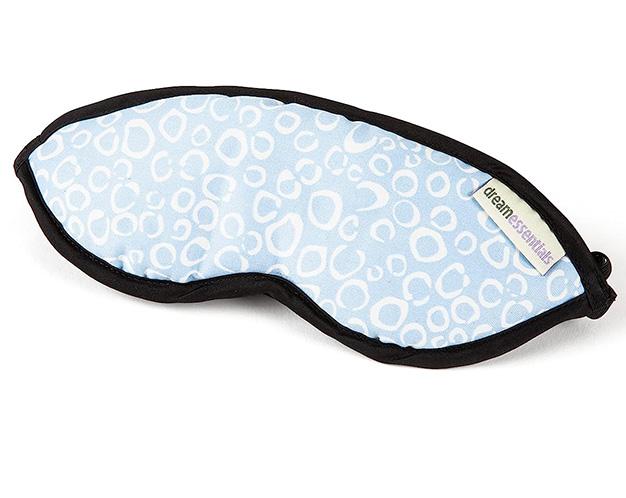Table of Contents
New Polyurethane Mattress smell: the most common complaint
One of the most common complaints about synthetic or petroleum-based mattresses, such as memory foam, is that they have a solid and unpleasant chemical smell. This smell is caused by the materials used to make the mattress releasing volatile organic compounds (VOCs). VOCs are substances that evaporate quickly at room temperature and can cause various health problems, such as headaches, nausea, irritation of the eyes, nose, and throat, and even damage to the liver, kidney, or nervous system. People also worry about latex mattress odor, especially when they are buying a latex mattress for the first time.
Most widely used VOC-emitting chemicals in polyurethane foam
Polyurethane mattress foam can emit various chemicals, some of which are considered volatile organic compounds (VOCs). These compounds can have health implications and may contribute to indoor air pollution. Here are some of the chemicals associated with polyurethane foam and their potential effects:
- Formaldehyde: Often found in polyurethane foam, formaldehyde is a VOC that can cause respiratory irritation, headaches, and other health issues. It is used as a bonding agent in foam production.
- Toluene Diisocyanate (TDI): TDI is critical in creating polyurethane foam. However, it can off-gas and contribute to indoor air pollution. Prolonged exposure to TDI may lead to respiratory problems and skin irritation.
- Flame Retardants: Some polyurethane foams contain flame retardants, such as PBDEs (polybrominated diphenyl ethers). While these chemicals reduce flammability, they are also toxic and harmful to human health.
- Phthalates: Although not directly part of polyurethane foam, phthalates are sometimes used in manufacturing. They can off-gas and are associated with adverse effects on reproductive health and development.
- Isocyanates: These compounds are essential for foam production but can emit VOCs. Isocyanates may cause respiratory issues, skin sensitization, and asthma.
Choosing mattresses made from safer materials or those with certifications indicating low VOC emissions is essential. When considering a foam mattress, look for products that prioritize health and environmental safety
Sweet-smelling natural latex
A natural latex mattress does not contain synthetic or petroleum-based materials that can emit VOCs. Natural latex is made from the sap of rubber trees, which is harvested sustainably and processed without the use of harmful chemicals. Natural latex is also hypoallergenic, antimicrobial, and resistant to dust mites, mold, and mildew, which can also contribute to unpleasant odors.
Additionally, a natural latex mattress is usually covered with organic cotton or wool, which are natural fibers that do not have any artificial dyes, bleaches, or pesticides that can cause odors. Organic cotton and wool are also breathable, moisture-wicking, and temperature-regulating, which can help keep the mattress fresh and dry.
-
Natural latex sap composition
- Proteins: These are present in the latex, contributing to its elasticity.
- Phospholipids: These compounds play a role in cell membranes.
- Carbohydrates: Essential for energy storage and structure.
- Amino Acids: Building blocks of proteins, crucial for latex properties.
- Fillers (Extenders) that are occasionally used in non-GOLS certified latex foam:
- While natural latex primarily comprises organic compounds, some manufacturers may add fillers to adjust properties.
- Common fillers include clay, calcium oxide, or titanium dioxide. These extenders can dilute the latex but are not harmful.
Natural latex and organic materials do not make squeaking or creaking sounds.
Another benefit of a natural latex mattress is that it is noise-free. If it is a hybrid mattress, a metal coil layer combined with a latex layer will not make any creaking noise because the coils are individually wrapped in fabric. An all-latex mattress, stacked layers of latex, cannot make creaking sounds because it has no metal coils. An all-latex mattress has a solid core of natural latex that provides support and comfort without any noise.
Natural latex is also very responsive and resilient, so it can quickly conform to your body shape and weight and bounce back to its original form. This reduces the motion transfer and the noise that can occur when you or your partner change positions or get in and out of bed.
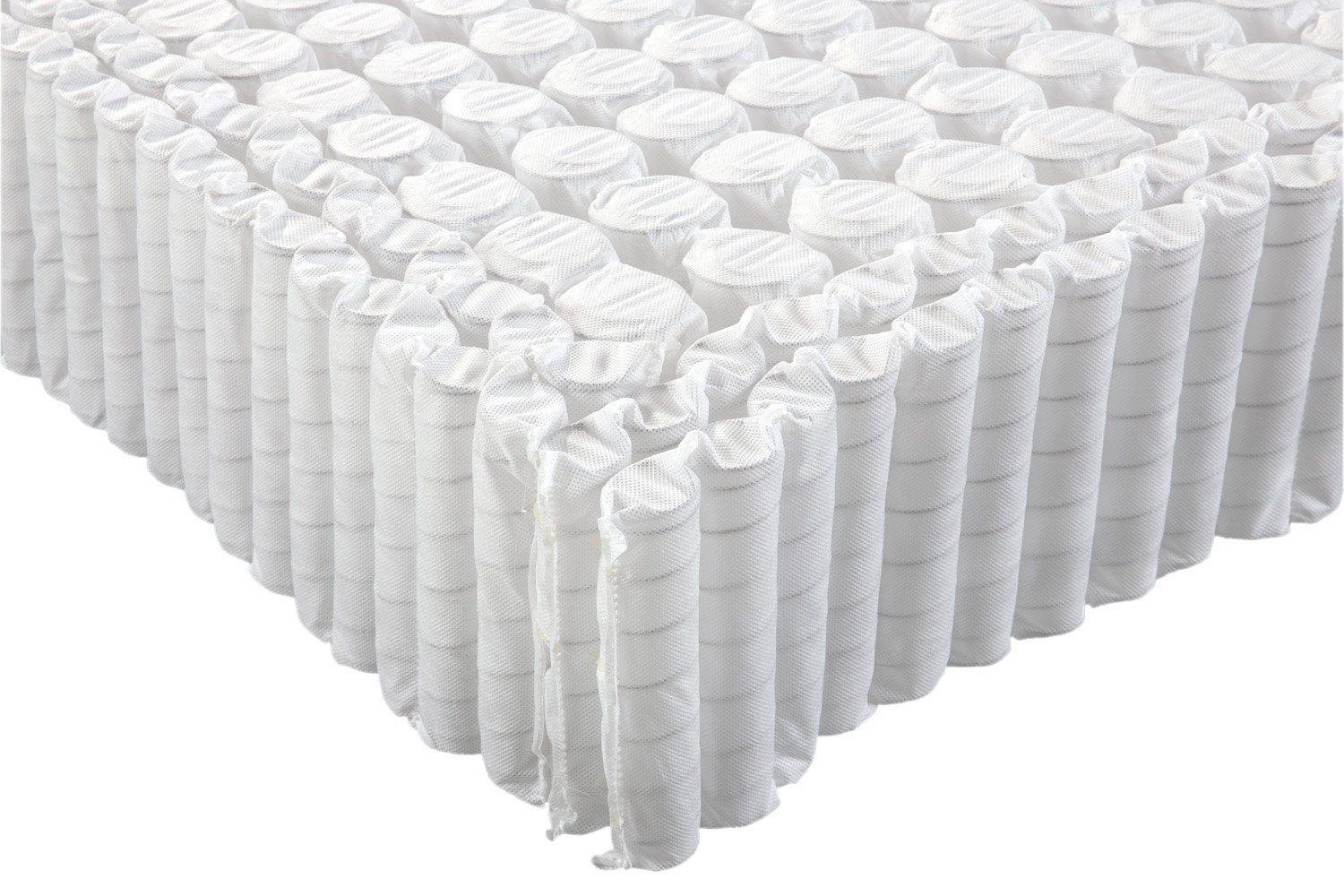
The Eco Terra Hybrid Latex Mattress features a pocketed coil unit with a reinforced perimeter. The coils provide the support you need, motion isolation, and a feeling of buoyancy when you sleep.
A brand-new natural latex mattress will have a faint, sweet, and non-offensive odor
While a natural latex mattress has no unpleasant or harmful odors, it may have a faint, sweet, and non-offensive odor when it is brand-new. This odor is natural and harmless and comes from the natural latex itself. It is not a sign of poor quality or contamination but instead of freshness and purity.
The odor of a natural latex mattress will dissipate over time, especially if you air out the mattress regularly and use a mattress protector and organic bedding. You can also speed up the process by placing the mattress in a well-ventilated room, exposing it to sunlight, or sprinkling some baking soda on the surface and vacuuming it after a few hours.
Which mattress type will you choose: natural latex or polyurethane?
A natural latex mattress is an excellent choice for anyone who wants a comfortable, healthy, and eco-friendly mattress. A natural latex mattress is odor-free and noise-free, which can enhance your sleep quality and comfort. Unlike synthetic or petroleum-based mattresses, a natural latex mattress does not emit unpleasant or harmful odors that can affect your health and well-being. It also does not make any squeaking or creaking sounds that can disturb your sleep. A natural latex mattress may have a faint, sweet, and non-offensive odor when it is brand-new, but it will fade over time and can be easily eliminated with simple steps.
You should consider a natural latex mattress if you are looking for a mattress that will give you peaceful and restful sleep without harmful VOCs and noxious smells.



